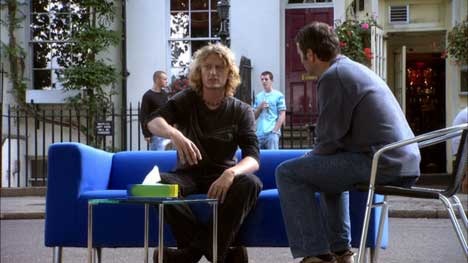
Experiential marketing often gets a bad rap. It’s similar to when someone walks into a room and says, “We should make a viral video!” Most of us in the biz know that you don’t have a lot of control over whether a video goes viral, and making a video just to make one usually isn’t going to yield quality results.
Experiential marketing isn’t just an excuse to book a food truck. It’s a different way to get your message across, and, in many instances, build a stronger association for your brand than you might have had if the marketing were just about the message.
Let’s compare two examples: Kleenex’s listening couch and Virgin Atlantic’s “Upper Class Bench.” In both instances, the brands are building an experience that demonstrates how their offering is more than just a list of features. For Kleenex, you see how easy it is for people to open up if there’s just someone to listen. We begin to associate catharsis with the Kleenex brand.
Virgin also builds an association, but this time it’s much clearer that the experiential marketing is also attempting to tie directly to the experience of flying on Virgin itself. Whether it’s with quartets or champagne, you’re literally sitting in the lap of luxury.
Both of these examples are very deliberate about the associations they want to build. You can make your experiential marketing just as effective by keeping these four things in mind:
- Identify your message first. Don’t get distracted by the ideas for the events themselves. Nail down your messages first. Keep it simple, and make sure you’re developing a concept that will be easy to identify and share.
- Push the boundaries of the experience. This is your chance to do something new. Take inspiration from activities and events happening around you — carnival games, concerts — even construction zones. Then give the event your own twist. And don’t forget the message.
- Capture and share the event. With a simple message and engaging experience, everyone will want to share your event. But you can also do some sharing yourself. Whether you shoot a video for your own YouTube channel or have bloggers live tweeting, make sure you’re capturing and sharing every detail. You’ll want that for buzz, but it’ll also come in handy for analytics after the fact.
- Think about what’s next. Experiential marketing might be something you only do once in a while, but document what you’ve done. Learn what worked and what didn’t, getting ideas for how you could improve for next time. Then, even if a year goes by, you’ve already thought about a new idea and you won’t recreate something that didn’t work the first time.
Photo: Screenshot from Let It Out commercial.






